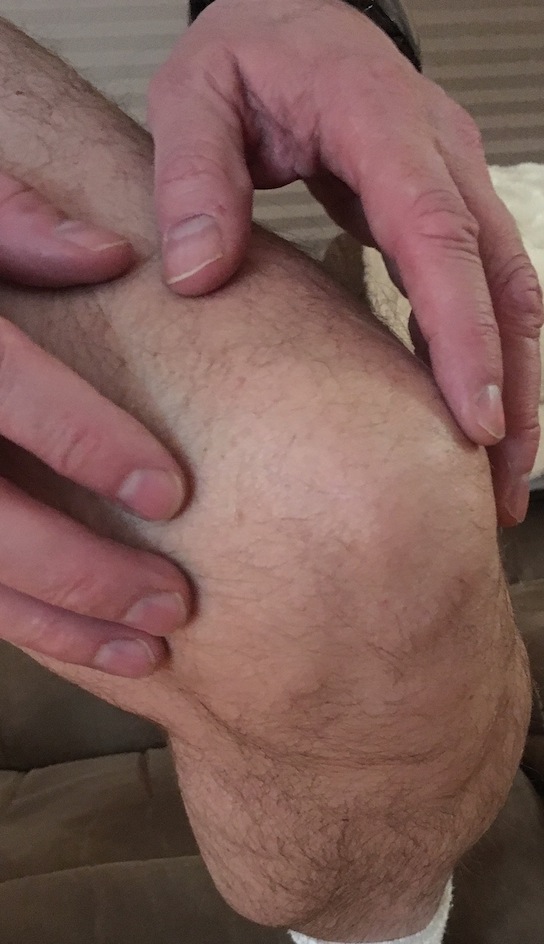There are more than 100 different conditions which are classified under the term arthritis. The term arthritis means inflammation of a joint.
Arthritis affects one in six Canadians. Anyone at any age may be diagnosed and there is no cure. Drugs, surgery and lifestyle behaviours (healthy eating, joint protection and regular exercise) can influence the symptoms.
Osteoarthritis (OA) is the most prevalent form of arthritis. OA affects one in ten Canadians. Arthritis may affect any part of the body but is frequently found in the hands and wrists, hips and knees, feet and ankles, shoulders and elbows and the spine. The hip and knee are the most common because of their weight bearing capacity.
Risk factors for developing OA are age, gender and hereditary factors, excess weight, previous injury and joint damage from other conditions.
Symptoms of arthritis include swelling, tenderness, pain, loss of function, weakening around of the musculature surrounding the joint, decreased range of motion and stiffness.
Exercise is an important part of the treatment for knee OA. It can help with the progression and it can have improvements to energy levels and muscular strength. Health benefits of exercise are increased or improved energy, sleeping patterns, weight control, self-esteem and bone density. Decreased depression and fatigue. Regular bowel function. Exercise benefits for arthritis are improved joint range of motion, muscle strength and endurance, posture, balance and coordination and ability to perform activities of daily living. Also, decreased pain and joint and soft tissue stiffness. It helps to maintain a healthy body weight which puts less strain on the joints. The ability to control body weight is important for knee OA, as excess body weight can exacerbate the symptoms of the disease.
Three components of an exercise program should include aerobic training, strengthening and flexibility.
OA sufferers may shy away from exercise because of pain but you can return to physical activity by avoiding high impact and replacing them with low impact activities such as walking, low impact aerobics, or cycling. Aqua classes are a nice option too. Taking a warm shower or wrapping the joint in moist heat before stretching exercises may also help.
Participants need to differentiate the difference between muscular soreness after exercise which is an achiness throughout the muscle and occurs generally 12 to 48 hours after activity. Joint pain is within the joint and if it lasts longer than one hour after activity it is an indicator of over exertion. Inflammation and stiffness are acute signs that exercise has been too difficult. The next session the intensity or volume of the activity should be reduced.
Contact me if you’re interested in starting an exercise program for your OA.